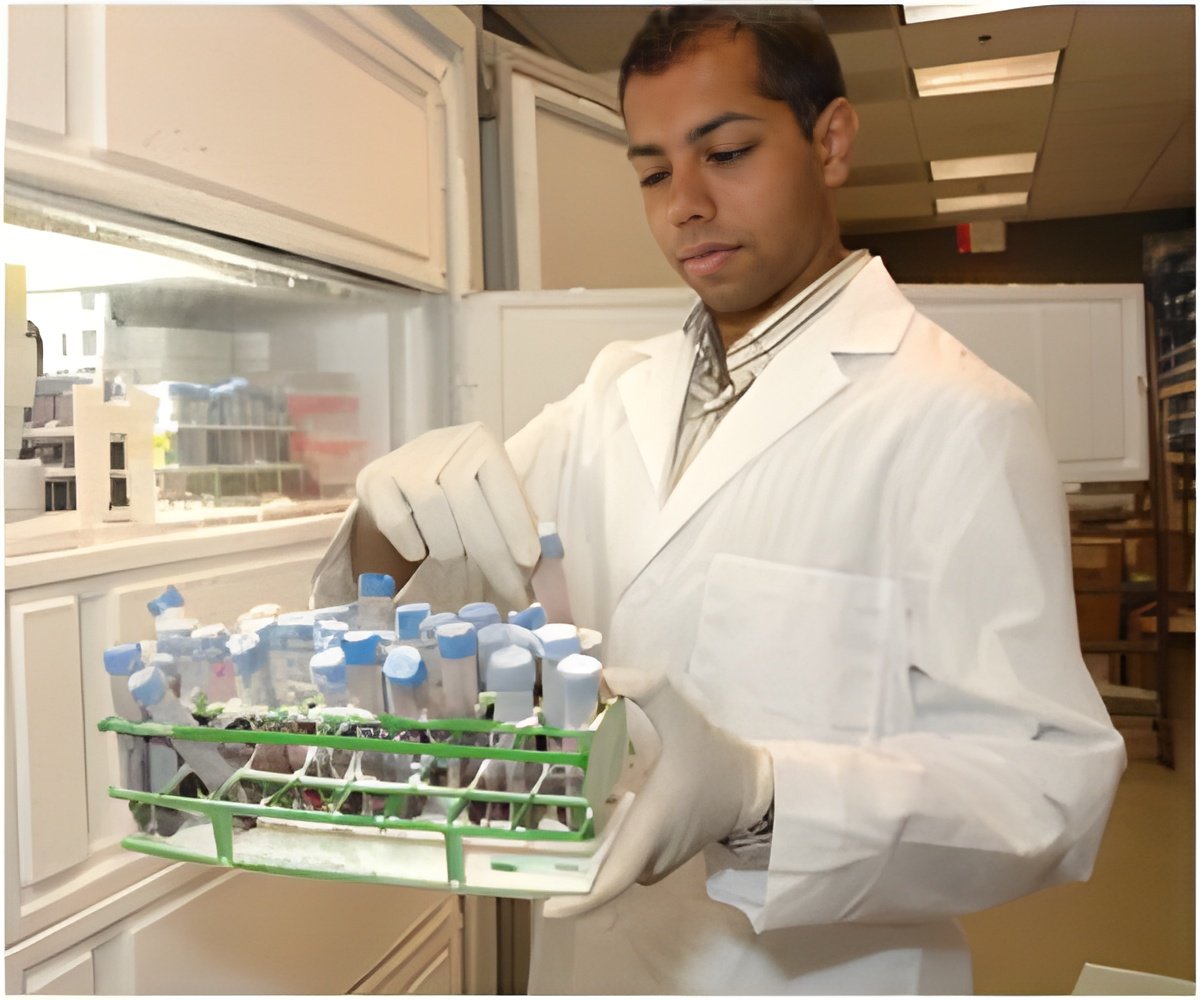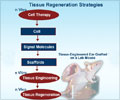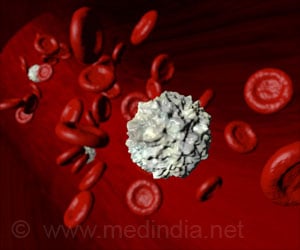The first lab-grown epidermis has been developed by an international team led by King's College London.

The epidermis, the outermost layer of human skin, forms a protective interface between the body and its external environment, preventing water from escaping and microbes and toxins from entering. Tissue engineers have been unable to grow epidermis with the functional barrier needed for drug testing, and have been further limited in producing an in vitro (lab) model for large-scale drug screening by the number of cells that can be grown from a single skin biopsy sample.
The new study, published in the journal Stem Cell Reports, describes the use of human induced pluripotent stem cells (iPSC) to produce an unlimited supply of pure keratinocytes – the predominant cell type in the outermost layer of skin - that closely match keratinocytes generated from human embryonic stem cells (hESC) and primary keratinocytes from skin biopsies. These keratinocytes were then used to manufacture 3D epidermal equivalents in a high-to-low humidity environment to build a functional permeability barrier, which is essential in protecting the body from losing moisture, and preventing the entry of chemicals, toxins and microbes.
A comparison of epidermal equivalents generated from iPSC, hESC and primary human keratinocytes (skin cells) from skin biopsies showed no significant difference in their structural or functional properties compared with the outermost layer of normal human skin.
Dr Theodora Mauro, leader of the SFVAMC team, says: "The ability to obtain an unlimited number of genetically identical units can be used to study a range of conditions where the skin's barrier is defective due to mutations in genes involved in skin barrier formation, such as ichthyosis (dry, flaky skin) or atopic dermatitis. We can use this model to study how the skin barrier develops normally, how the barrier is impaired in different diseases and how we can stimulate its repair and recovery."
Dr Dusko Ilic, leader of the team at King's College London, says: "Our new method can be used to grow much greater quantities of lab-grown human epidermal equivalents, and thus could be scaled up for commercial testing of drugs and cosmetics. Human epidermal equivalents representing different types of skin could also be grown, depending on the source of the stem cells used, and could thus be tailored to study a range of skin conditions and sensitivities in different populations."
Source-Eurekalert
 MEDINDIA
MEDINDIA



 Email
Email









